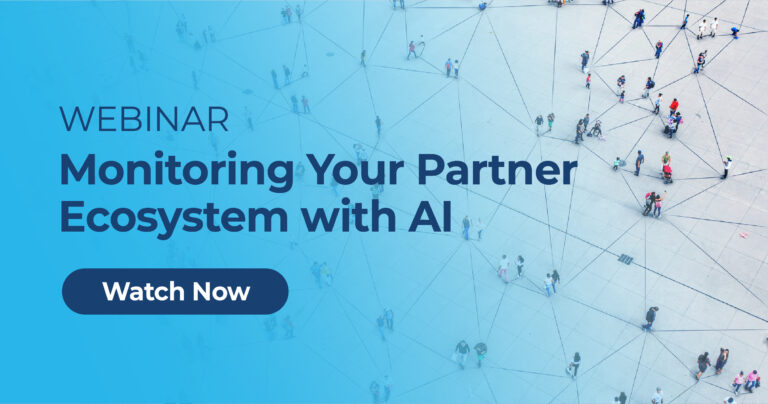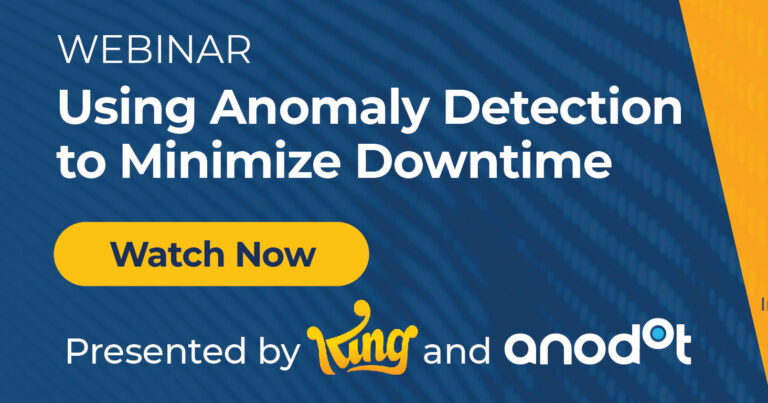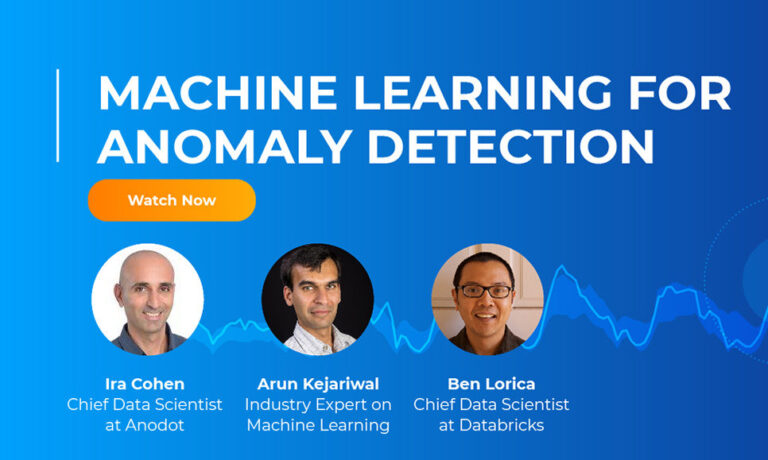Videos & Podcasts
13 min read
Webinar: Monitoring Revenue & Payments with AI
Our customer success team offers a brief introduction to machine learning anomaly detection for monitoring your revenue streams. In addition to actual customer alerts, we show the ROI they've seen with early incident detection.
Watch







